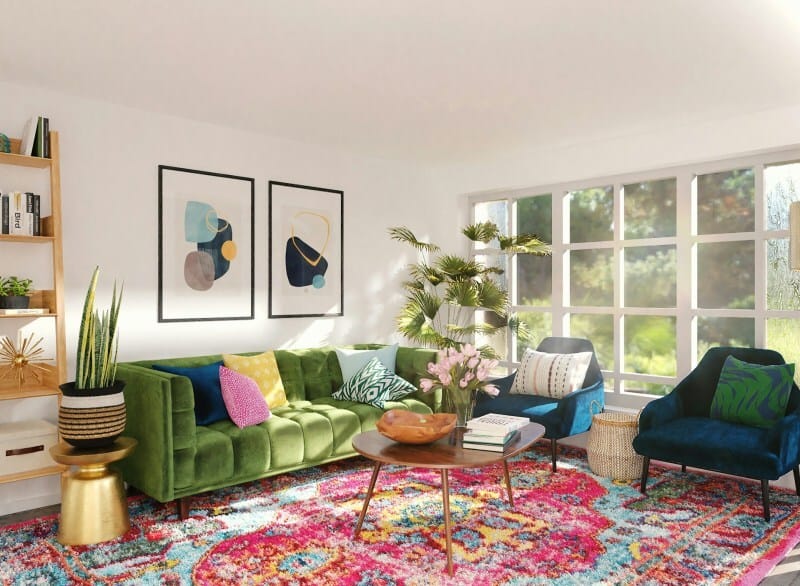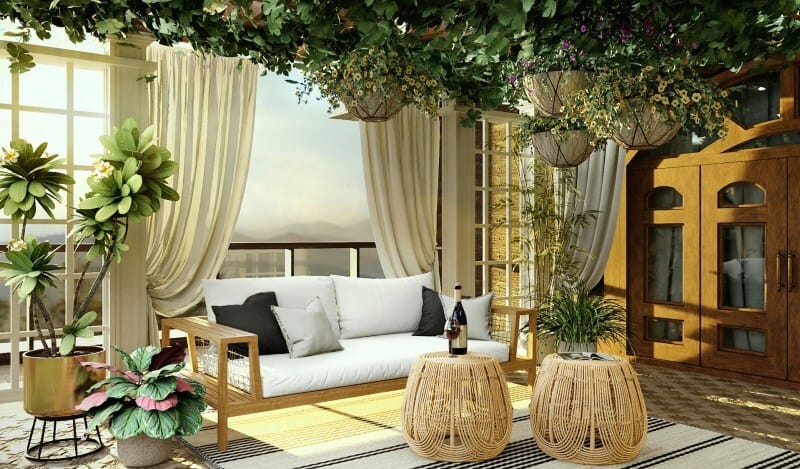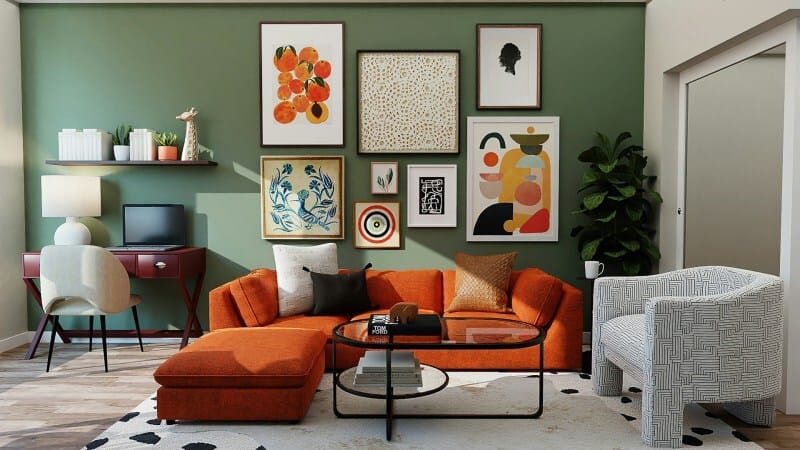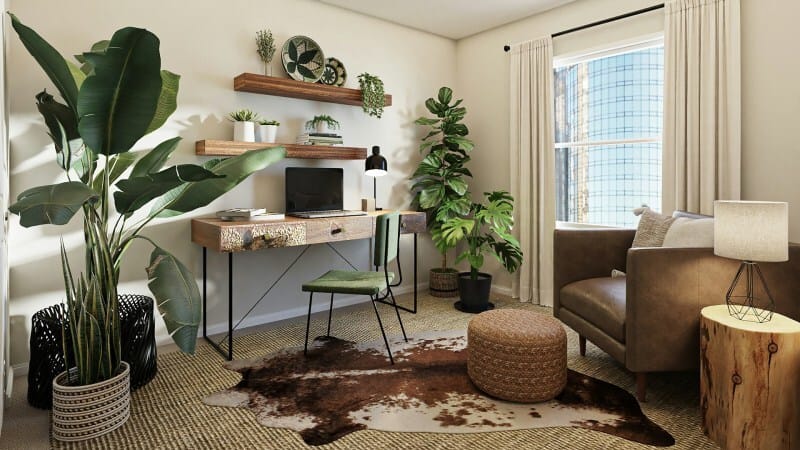Biophilic design is transforming urban architecture by integrating natural elements into the built environment. Vera Iconica residential architecture exemplifies how this design philosophy creates harmonious living spaces that foster well-being, sustainability, and a deep connection to nature.
This approach not only enhances aesthetic appeal but also promotes healthier, more balanced lifestyles in urban settings. In a world where urbanization often leads to a disconnect from nature, biophilic design bridges this gap, offering residents the opportunity to experience the benefits of natural environments within their homes and communities.

Understanding Biophilic Design
Biophilic design is rooted in the innate human connection to nature. It seeks to incorporate natural elements, patterns, and processes into architectural design. This philosophy extends beyond mere aesthetics, aiming to create spaces that nurture physical and mental well-being. By integrating features such as natural light, greenery, water elements, and organic materials, biophilic design fosters a sense of calm and connection within urban environments. The inclusion of nature-inspired textures, colors, and sounds further enriches this experience, making urban spaces feel more inviting and tranquil. This design philosophy is not just a trend but a movement toward creating environments that resonate with human biology and enhance everyday living.
The Importance of Natural Elements in Urban Spaces
Urban areas often suffer from a lack of natural elements, leading to increased stress, reduced air quality, and a sense of disconnection from nature. Biophilic design addresses these challenges by bringing nature into the cityscape. Incorporating green roofs, vertical gardens, and indoor plant installations can transform urban spaces into lush, inviting environments that improve air quality, reduce urban heat, and offer residents a sanctuary from the concrete jungle. Beyond aesthetics, these elements contribute to ecological balance, supporting biodiversity and providing habitats for urban wildlife. The presence of natural elements in cities also encourages outdoor activities, fostering social interactions and community engagement, which are essential for mental and emotional well-being.

Enhancing Well-being through Biophilic Design
One of the primary benefits of biophilic design is its positive impact on well-being. Natural elements have been shown to reduce stress, enhance mood, and improve cognitive function. In residential architecture, features such as large windows that allow natural light to flood interiors, indoor gardens, and the use of natural materials like wood and stone create a soothing atmosphere that promotes relaxation and mental clarity. Access to green spaces within homes provides residents with a peaceful retreat from the fast-paced urban lifestyle. Studies have shown that exposure to natural environments can lower blood pressure, boost immunity, and increase overall happiness, making biophilic design an essential component of modern urban architecture.
Sustainability and Biophilic Architecture
Biophilic design also supports sustainability by encouraging the use of eco-friendly materials, energy-efficient systems, and sustainable construction practices. Green roofs provide natural insulation, reducing energy consumption for heating and cooling. Incorporating natural ventilation systems and maximizing daylight reduces reliance on artificial lighting and mechanical ventilation, contributing to a more sustainable urban environment. Additionally, biophilic design promotes the use of recycled and locally sourced materials, minimizing the environmental impact of construction. Rainwater harvesting systems, solar panels, and energy-efficient appliances are often integrated into biophilic architecture, further enhancing its sustainability credentials. This approach not only benefits the environment but also reduces operational costs for homeowners and developers.

Biophilic Design in Residential Architecture
In residential architecture, biophilic design creates homes that feel like sanctuaries amidst urban chaos. Large windows that frame scenic views, indoor courtyards with lush greenery, and open spaces that flow seamlessly into outdoor areas are hallmarks of this design approach. These features not only enhance aesthetic appeal but also promote a lifestyle that prioritizes well-being and a connection to nature. Incorporating natural elements into residential spaces can also improve indoor air quality, reduce noise pollution, and create a sense of openness and freedom. Residents benefit from increased exposure to natural light, which regulates circadian rhythms and improves sleep quality. The integration of biophilic design in residential architecture reflects a growing demand for homes that offer comfort, sustainability, and a profound connection to the natural world.
Challenges and Opportunities
While biophilic design offers numerous benefits, it also presents challenges. Incorporating natural elements into dense urban areas requires innovative solutions and careful planning. However, these challenges also present opportunities for architects to push the boundaries of design and create urban spaces that are both functional and harmonious with nature. Overcoming logistical constraints such as limited space, high costs, and regulatory hurdles demands creativity and collaboration. Architects and urban planners are exploring modular designs, vertical forests, and adaptive reuse of existing structures to incorporate biophilic elements without compromising functionality. These efforts not only enhance urban aesthetics but also pave the way for more inclusive and resilient communities.

The Future of Biophilic Design in Urban Architecture
As cities continue to grow, the integration of biophilic design into urban architecture will become increasingly important. This design philosophy offers a pathway to creating sustainable, livable cities that prioritize human well-being and environmental stewardship. Architects who embrace biophilic design will lead the way in transforming urban landscapes into vibrant, nature-infused environments that enhance quality of life for all residents.
The future of urban architecture lies in creating spaces that celebrate nature, promote health, and foster community. As technology and design continue to evolve, biophilic architecture will play a crucial role in shaping cities that are not only aesthetically pleasing but also environmentally responsible and conducive to human flourishing.
The post Integrating Nature into Urban Architecture appeared first on Moss and Fog.
